Myths and Facts about Sunscreen
| Estimated Reading Time: 6 minutes |
Okay, so I’m that annoying friend in Delhi who’s always nagging everyone to wear sunscreen, probably because I’ve had one too many sunburns from thinking I could outsmart the sun on a scorching Dilli Haat afternoon. Sunscreen’s not just for Goa vacations—it’s your skin’s best defense against wrinkles, dark spots, and, yeah, skin cancer. But the myths floating around? They’re wilder than a monsoon traffic jam. I’ve heard it all: “You don’t need sunscreen indoors,” “It’ll stop your tan completely,” even “It’s bad for vitamin D.” I fell for a few myself, like when I skipped sunscreen on a cloudy day and ended up looking like a boiled lobster. Let’s sort out the nonsense from the truth about sunscreen, bust some myths, and figure out what’s what. Ready for the lowdown? Let’s go.
Table of Content: |
Busting various Myths
Myth 1: You Need Sunscreen at Night
I’ll confess, I once wondered if I should slap on sunscreen before bed, thinking it’d “protect” my skin while I slept through Delhi’s muggy nights. Total baloney. Sunscreen’s made to block UV rays, which aren’t creeping into your bedroom unless you’re moonlighting as a vampire under UV lights. At night, your skin’s in repair mode—think moisturizers, maybe some retinol, not sunscreen. I switched to a night cream with a bit of glowy magic, and my skin’s been thriving.
Fact: Sunscreen’s for daytime only, when UV rays are out to get you.
Myth 2: Indoors? No Sunscreen Needed
I used to think my cozy South Delhi flat was a sunscreen-free safe haven. Big oops. Those sneaky UVA rays—the ones that make you look older—can waltz right through windows. I noticed some faint pigmentation after months of working by my sunny balcony window, sipping chai. The American Academy of Dermatology says UVA rays zip through glass, so if you’re near a window during the day, you’re not safe.
Fact: Wear sunscreen indoors if you’re hanging out in a sunlit room, especially in a city where the sun’s basically a spotlight.
Myth 3: Sunscreen Over Makeup Is a Disaster
I was dead sure putting sunscreen over my perfectly blended foundation would turn my face into a greasy canvas. Not true! Spray or powder sunscreens are my secret weapon now. I keep a sunscreen mist in my bag for quick spritzes during coffee runs in Hauz Khas. You just lightly mist or pat on a powder SPF, and your makeup stays put while your skin stays safe.
Fact: You can reapply sunscreen over makeup every 2-3 hours without ruining your look, especially if you’re out in the sun.
Myth 4: Dark Skin Doesn’t Need Sunscreen
Growing up, I heard this one a lot: “Our Indian skin doesn’t burn, so why bother with sunscreen?” Total myth. Sure, darker skin has more melanin, which gives some natural UV protection, but it’s not a full shield. My friend learned this the hard way with dark spots after a sunscreen-free day in Agra. Skin cancer, hyperpigmentation, and aging hit every skin tone.
Fact: Dark skin needs sunscreen to prevent damage and keep that glow even.
Myth 5: Cloudy Days Are a Sunscreen Pass
I wish this were true. I skipped sunscreen on a cloudy Delhi day, thinking the clouds were my backup, and ended up with a sunburn that had my sister laughing for days. The Skin Cancer Foundation says up to 80% of UVA rays—the aging, cancer-causing ones—can sneak through clouds.
Fact: Slather on sunscreen even on overcast days to keep your skin protected.
Myth 6: Higher SPF Means You Can Sunbathe Forever
I used to think SPF 50 was my ticket to lounging in the sun all day without a care. Wrong. SPF measures how well a sunscreen blocks UVB rays, not how long you can stay out. SPF 30 blocks about 97% of UVB, SPF 50 about 98%—barely a difference. I learned this after a long day at Lodhi Garden, reapplying way too late.
Fact: Higher SPF offers a bit more protection, but you still need to reapply every 2 hours, especially if you’re sweating or swimming.
Myth 7: Sunscreen Stops Tanning Completely
I love a bit of a sun-kissed glow, but I thought sunscreen would block it entirely. Nope. Sunscreen cuts down UV exposure, which can reduce tanning, but some rays still get through, triggering melanin. My zinc oxide sunscreen helps more than chemical ones, but I still get a subtle tan after a day out.
Fact: Sunscreen lessens tanning but won’t stop it 100%, especially with long sun exposure.
Myth 8: Sunscreen Blocks All Vitamin D
This myth had me paranoid—I didn’t want to miss out on vitamin D while saving my skin. But here’s the deal: sunscreen does block some UVB rays, which help make vitamin D, but Harvard Health says most folks get enough through diet, supplements, or short bursts of sun. I take a vitamin D pill in winter when Delhi’s smog makes sunlight a rare guest.
Fact: Sunscreen doesn’t significantly cause vitamin D deficiency for most people.

Myth 9: Sunscreen’s Only for Your Face
I used to just put sunscreen on my face, leaving my neck and hands to fend for themselves. Bad move—my hands started looking like they belonged to my uncle! Any skin that sees the sun needs protection.
Fact: Apply sunscreen to all exposed areas—neck, arms, hands—to avoid uneven aging.
Myth 10: One Swipe of Sunscreen Lasts All Day
I thought a morning dab of sunscreen would get me through a day of running around Sarojini Nagar. Nope. Sunscreen wears off with sweat, water, or just time.
Fact: Reapply every 2-3 hours, or after swimming or sweating, to keep your skin covered.
Myth 11: Sunscreen Always Causes Acne
My oily skin made me think sunscreen would turn my face into a pimple party. Some heavy formulas can clog pores, but non-comedogenic ones with zinc oxide are my lifesavers. I switched to a lightweight mineral sunscreen, and my skin’s been clear.
Fact: Choose a sunscreen that matches your skin type to avoid breakouts.
Myth 12: Cheap Sunscreens Work Just as Well
A colleague swore her budget sunscreen was “just as good” as my pricier one. Not always. Some cheap ones skimp on broad-spectrum protection or use iffy ingredients.
Fact: Pick broad-spectrum sunscreens with safe ingredients like zinc oxide for real protection.
Myth 13: Sunscreen Feels Gross and Heavy
I used to hate sunscreen’s sticky vibe, but modern formulas are so much better. Lightweight gels and mattifying sunscreens feel like nothing’s there.
Fact: There’s a sunscreen texture for everyone—find one that feels good on your skin.
Conclusion
Sunscreen myths are like Delhi’s summer heat—relentless and tricky to navigate. But now you’re armed with the truth: skip sunscreen at night, but don’t skip it indoors near windows, on cloudy days, or if you’ve got dark skin. Higher SPF isn’t a free pass to bake in the sun, and sunscreen won’t fully stop tanning or zap your vitamin D. Don’t fall for “it’s just for your face” or “one application’s enough” either. After too many sunburns and bad advice, I’m all about broad-spectrum, lightweight sunscreens and reapplying like it’s my cardio. Next time you hear a sunscreen myth at a coffee shop or family group chat, you’ll know what’s up. Keep slathering, and your skin will stay glowing through every Indian summer.
Recommended Products by Blue Nectar:
Shubhr Coconut Sunscreen SPF 50 Face Lotion for Sun Protection (18 herbs, 50ml)
Women's Eladi Face Day Cream with SPF 30 for Sun Protection (19 herbs, 50g)
Niraa Shea Butter SPF 30 Sunscreen Face & Body Lotion (12 Herbs)
Shubhr Jasmine & Coconut SPF 30 Sunscreen for Women for Sun Protection (16 Herbs, 50g)
Related Articles:
Physical vs Chemical Sunscreen - Which one is right for you?
References:
https://www.aad.org/media/stats-sunscreen
https://www.isdin.com/us/blog/all/reapply-sunscreen-over-makeup/


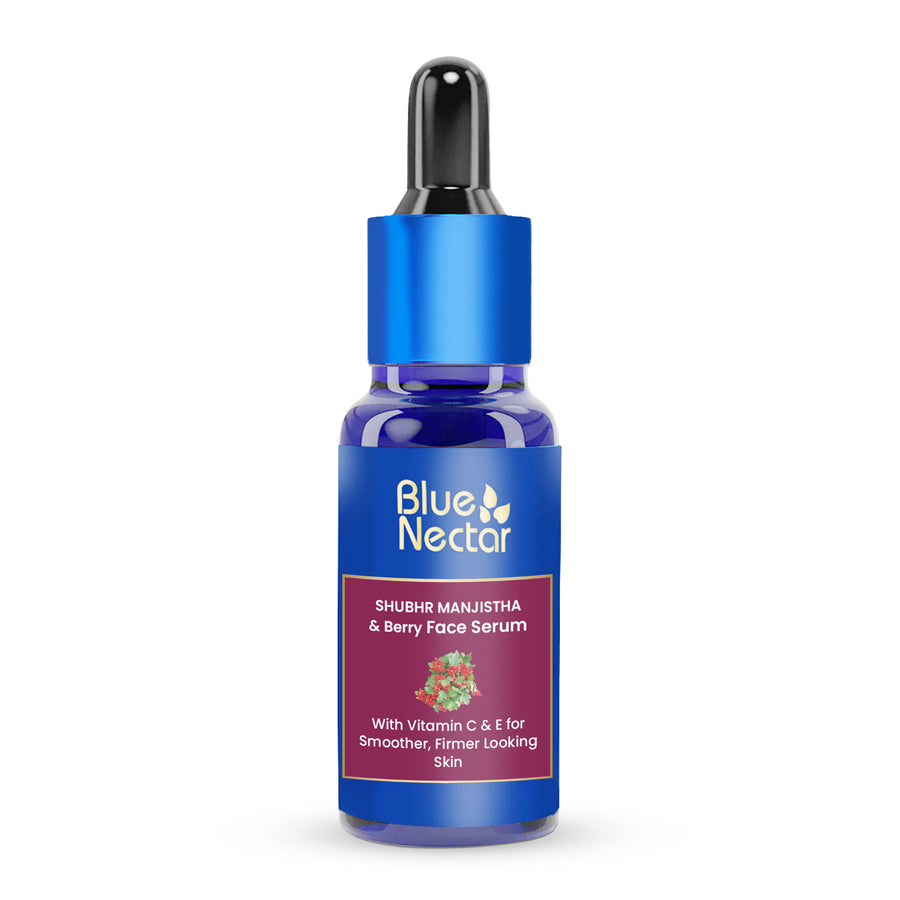

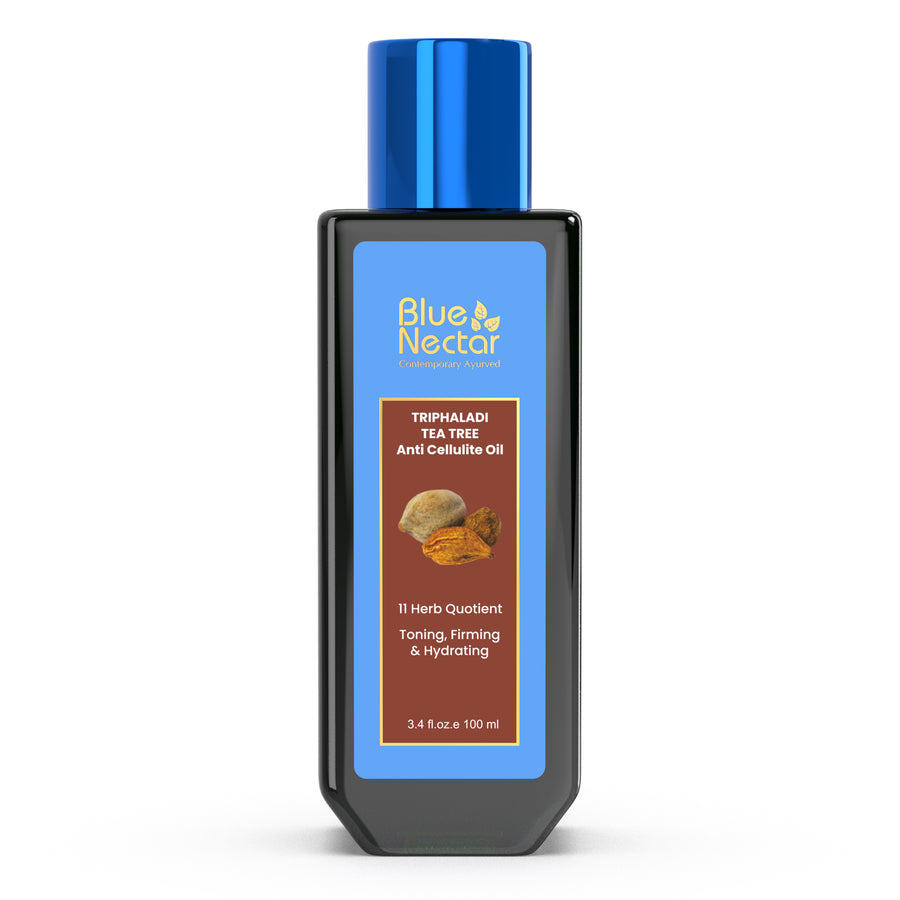
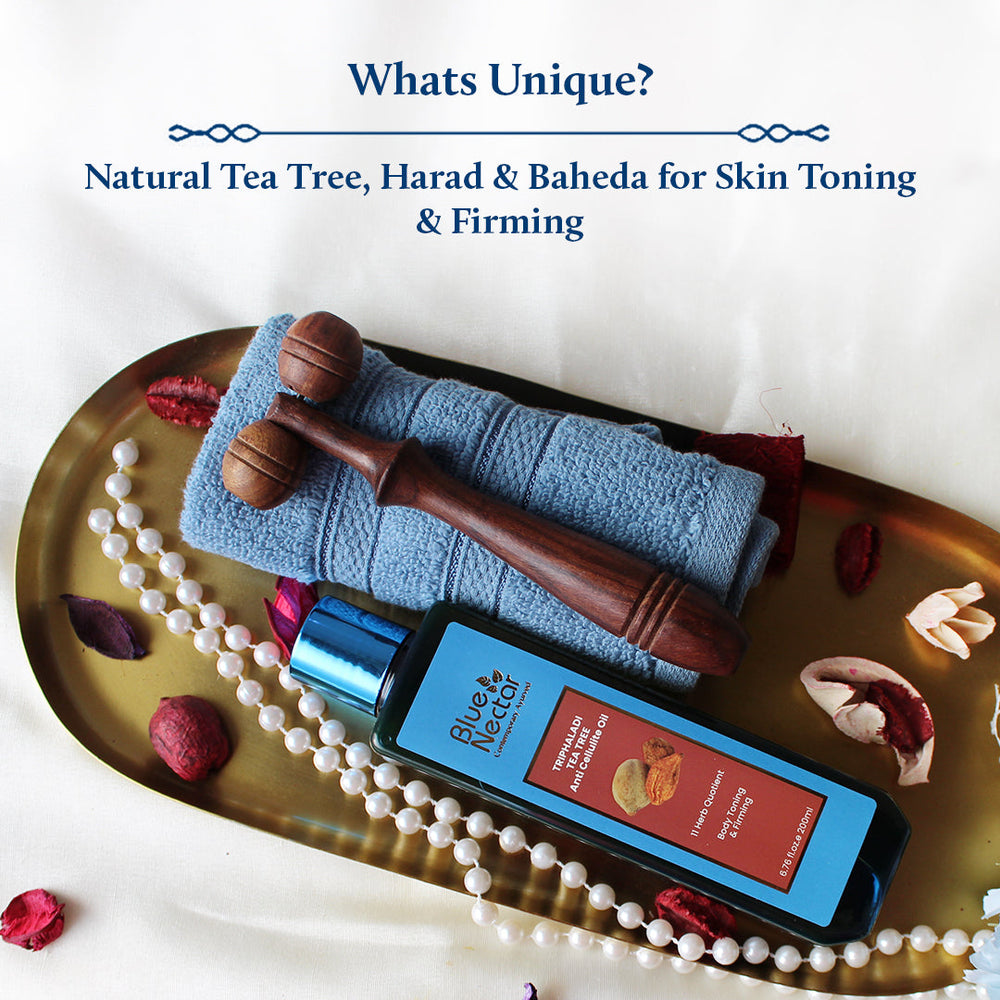


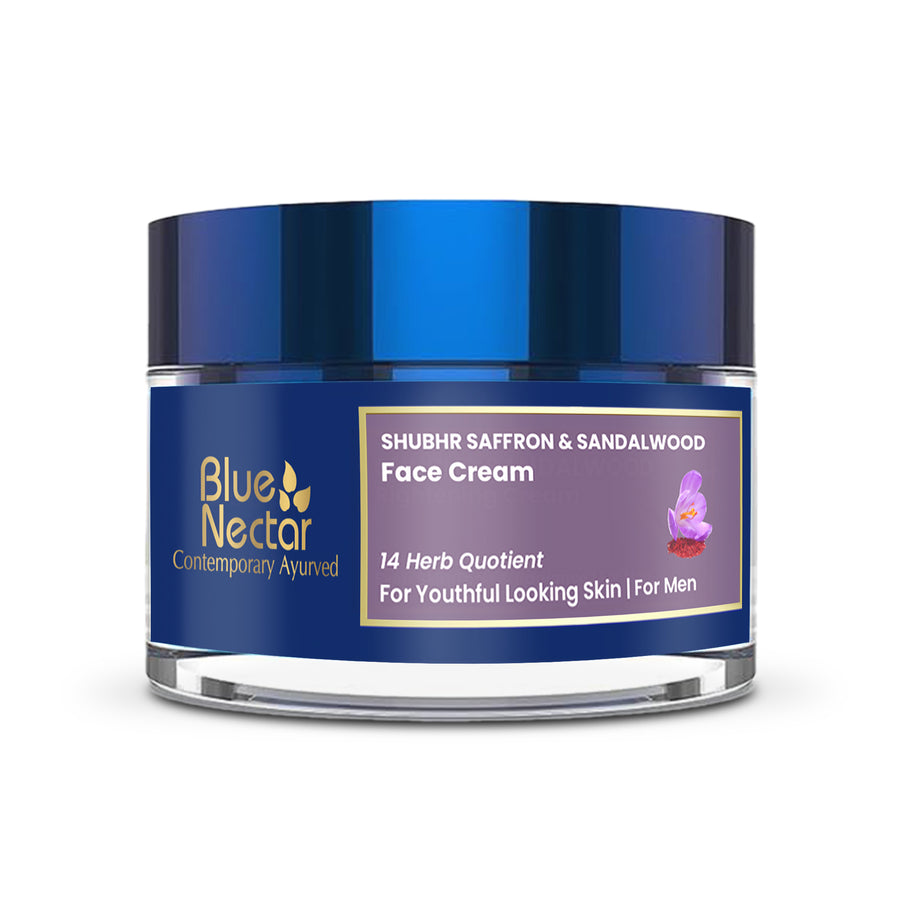
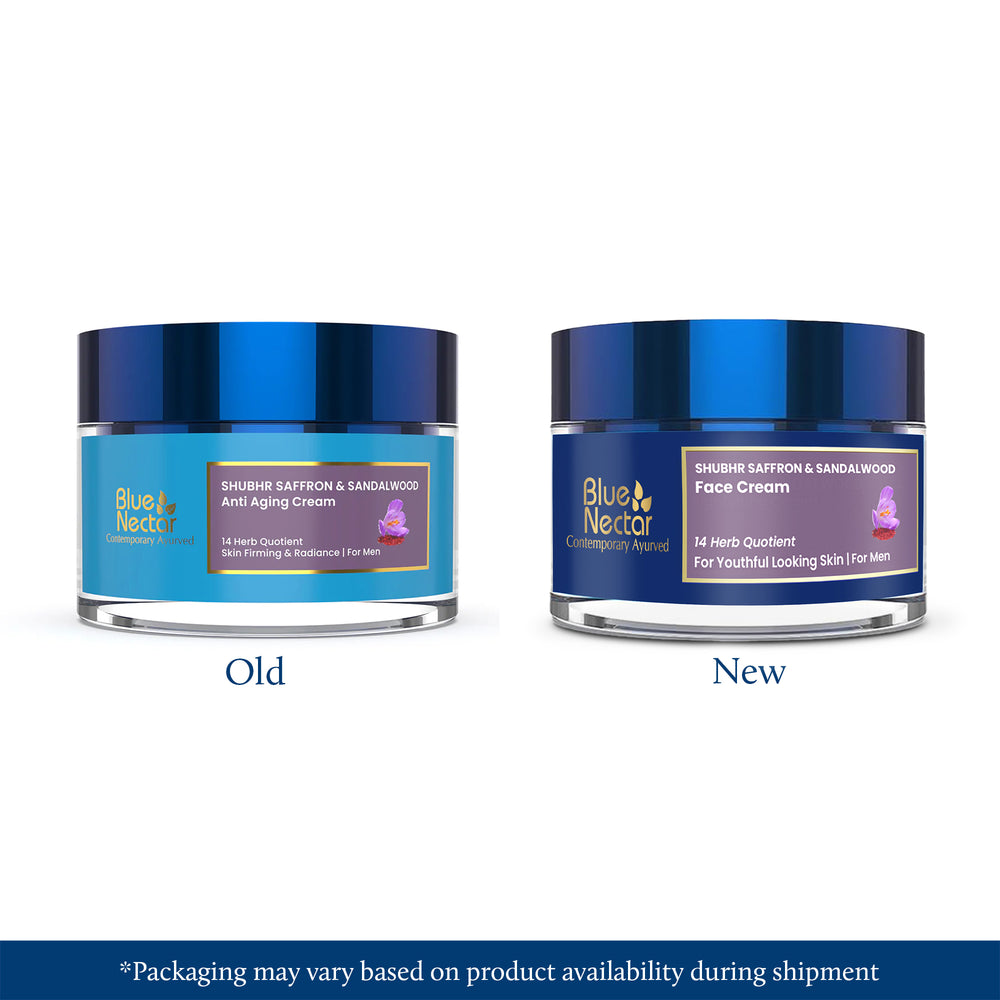


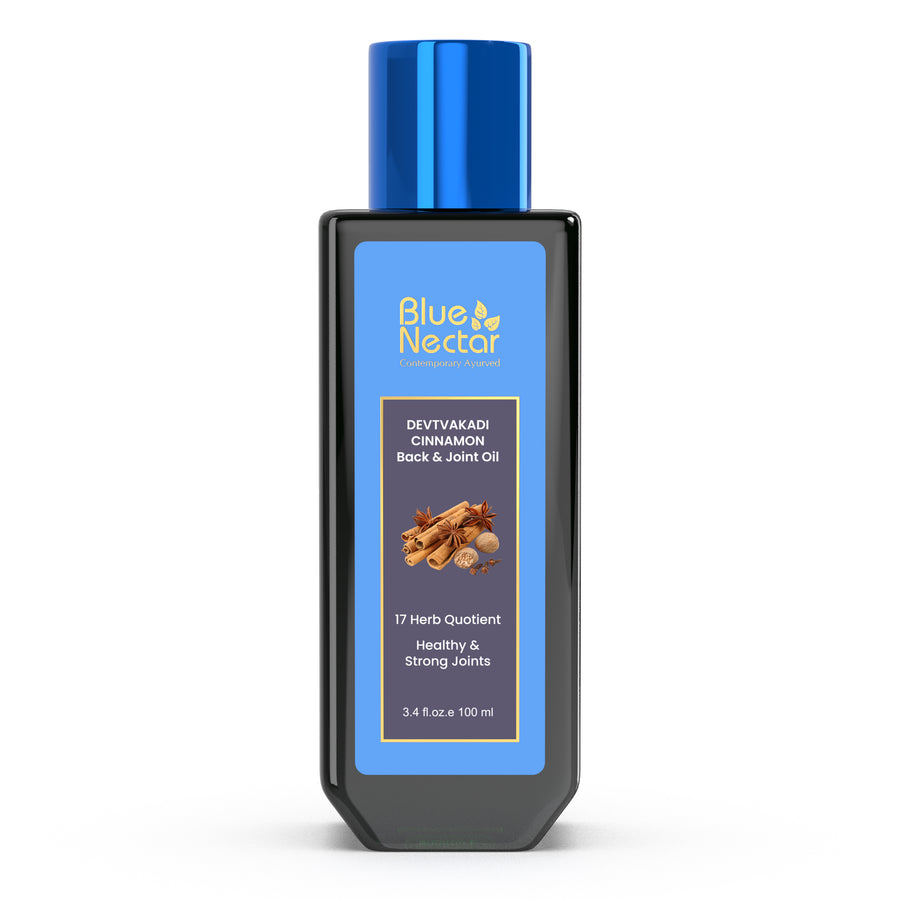
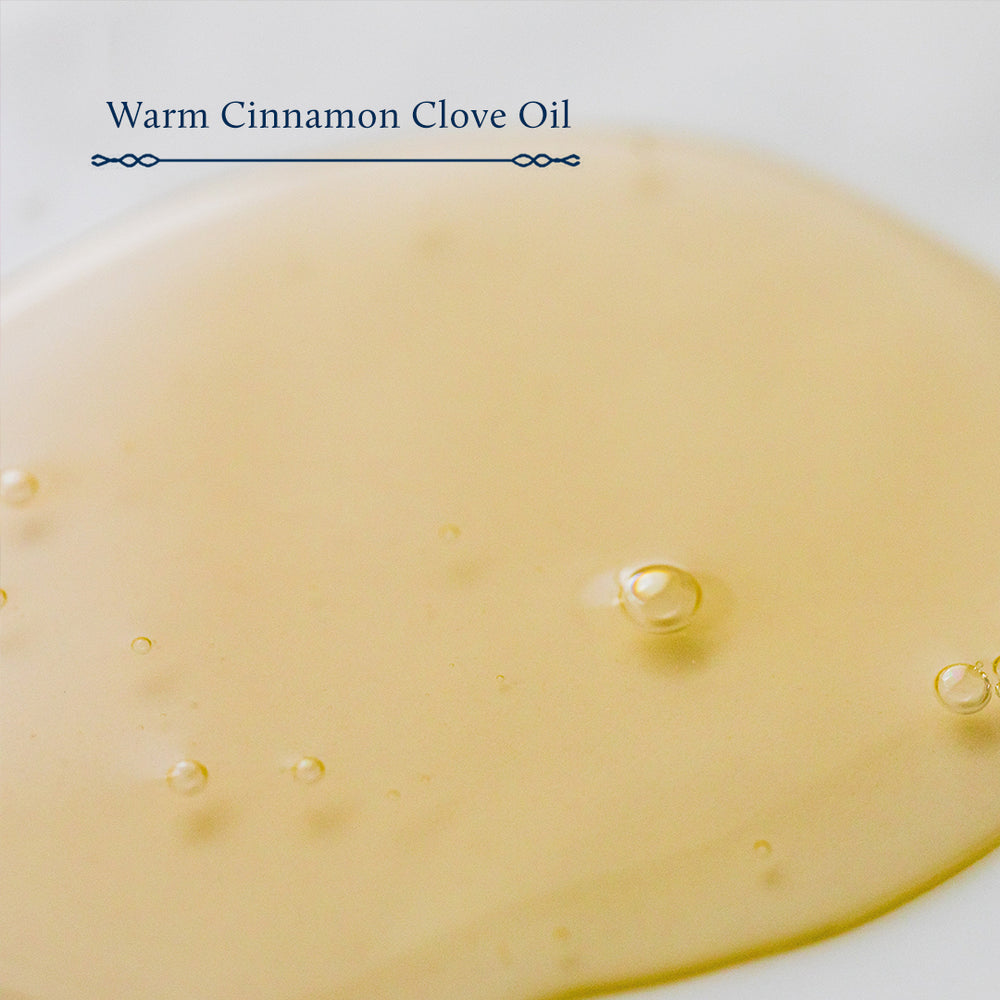




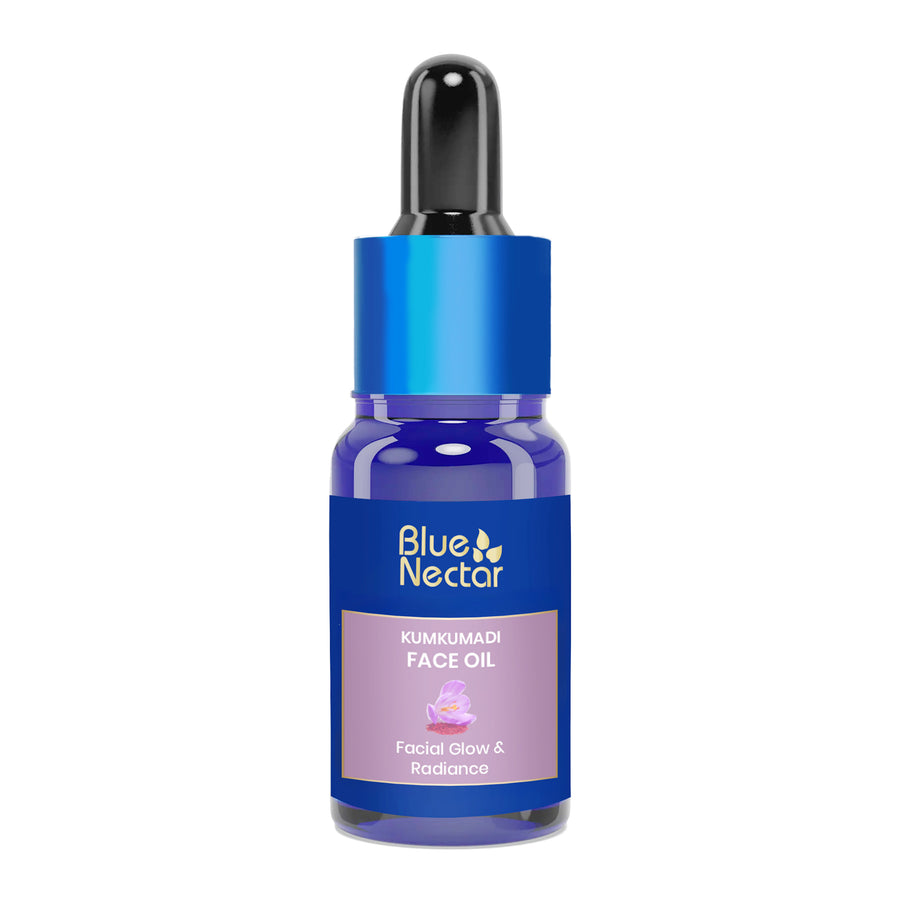
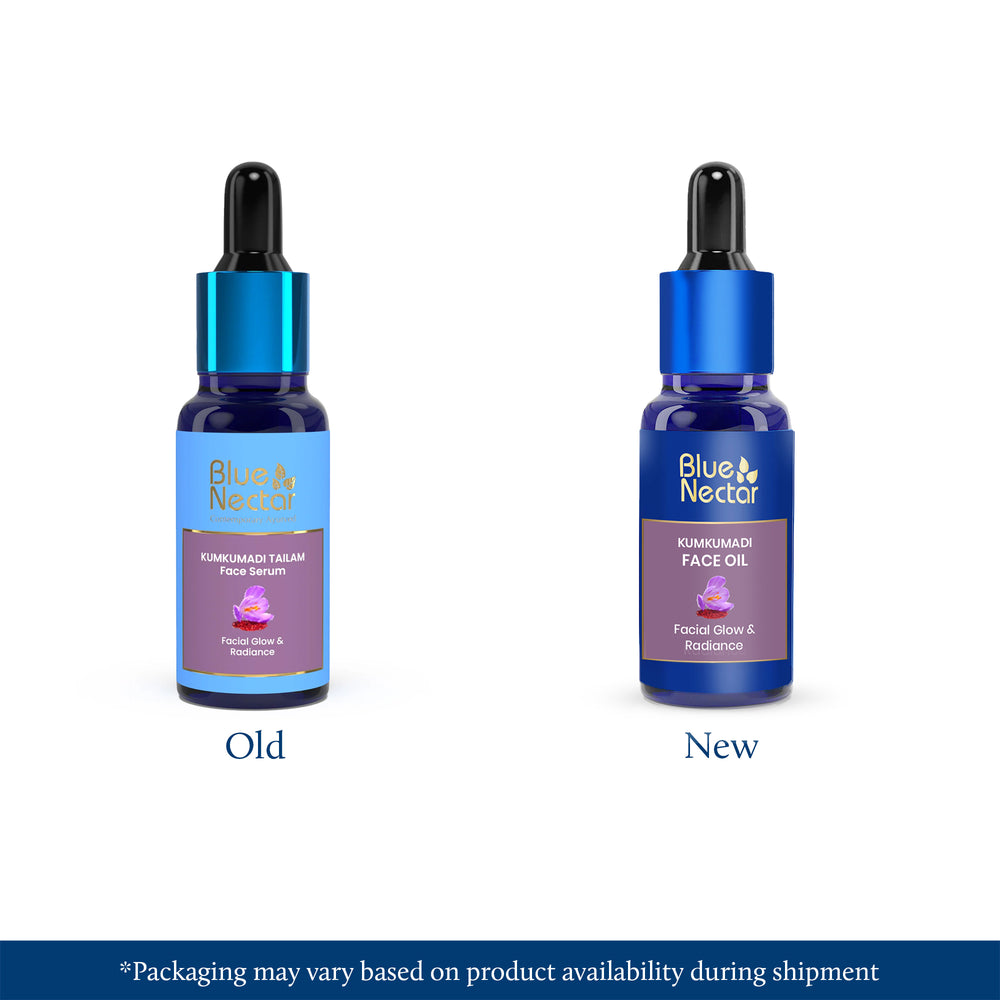
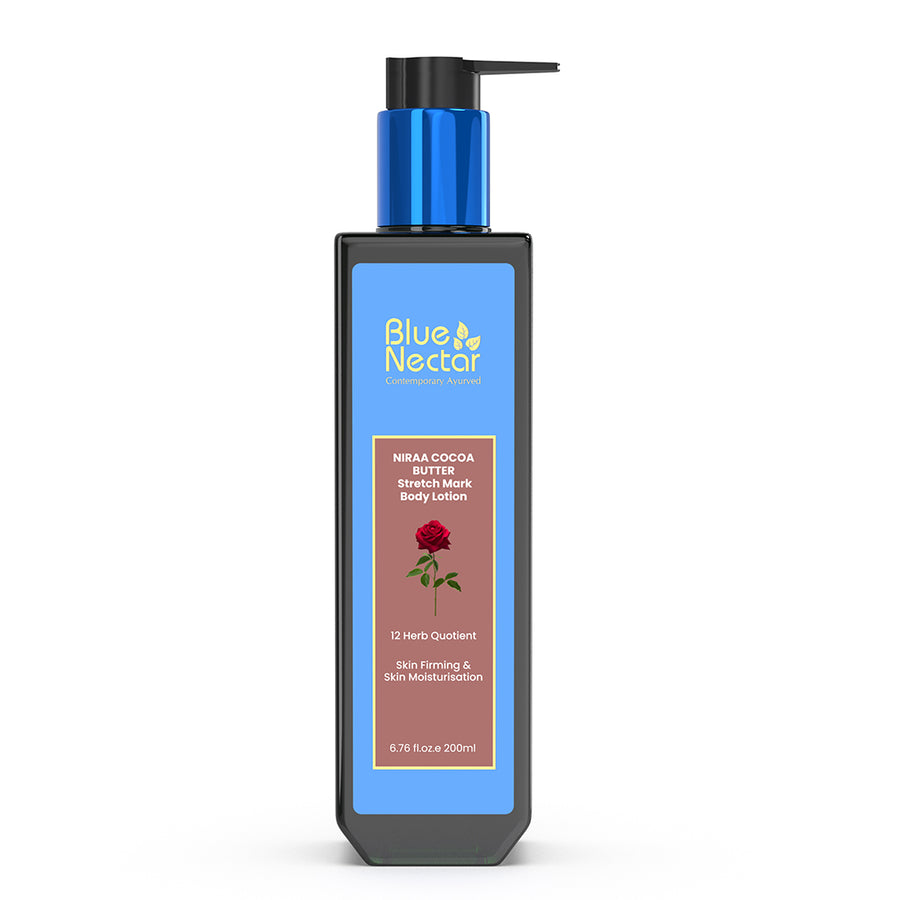
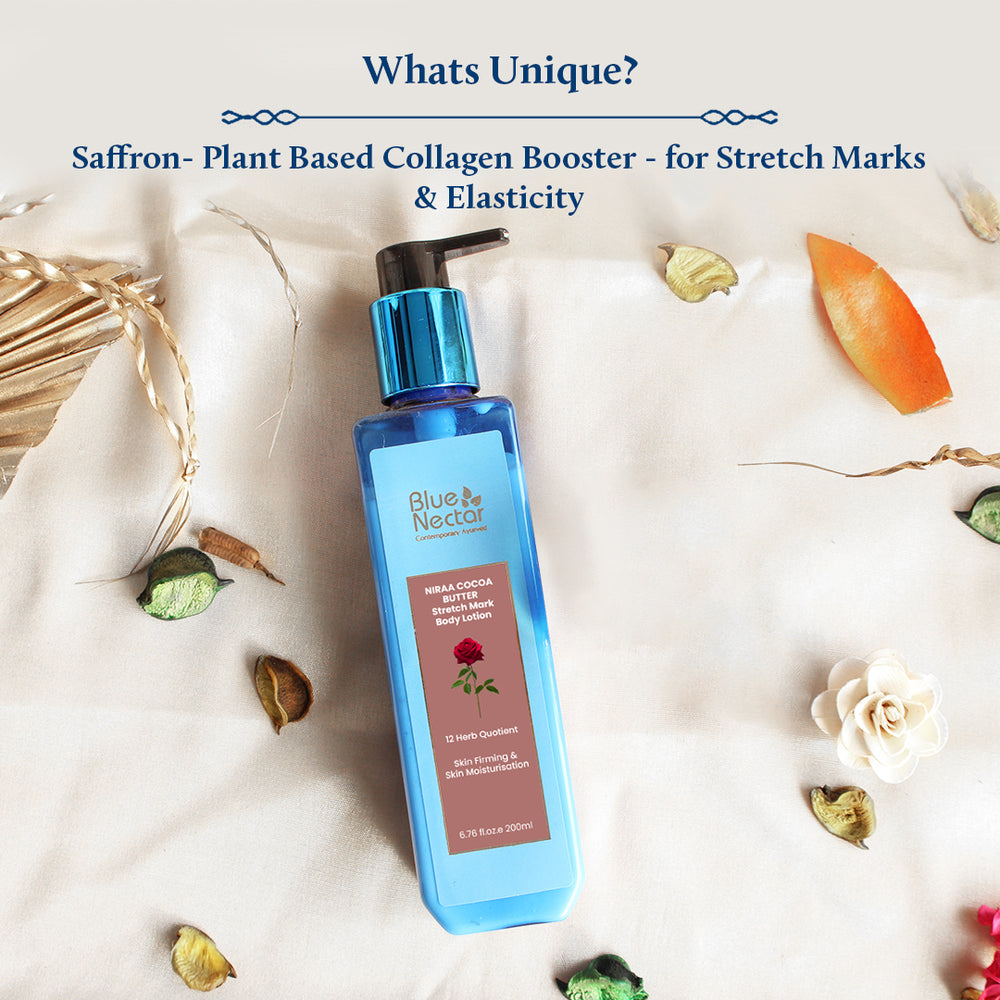
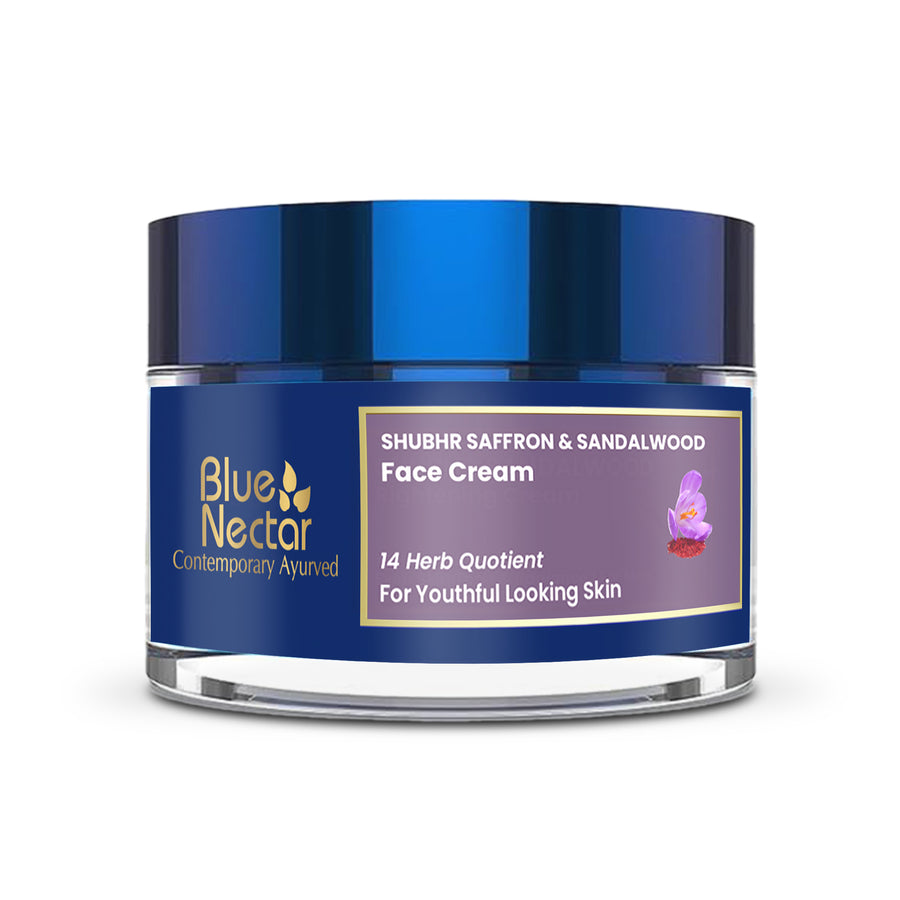
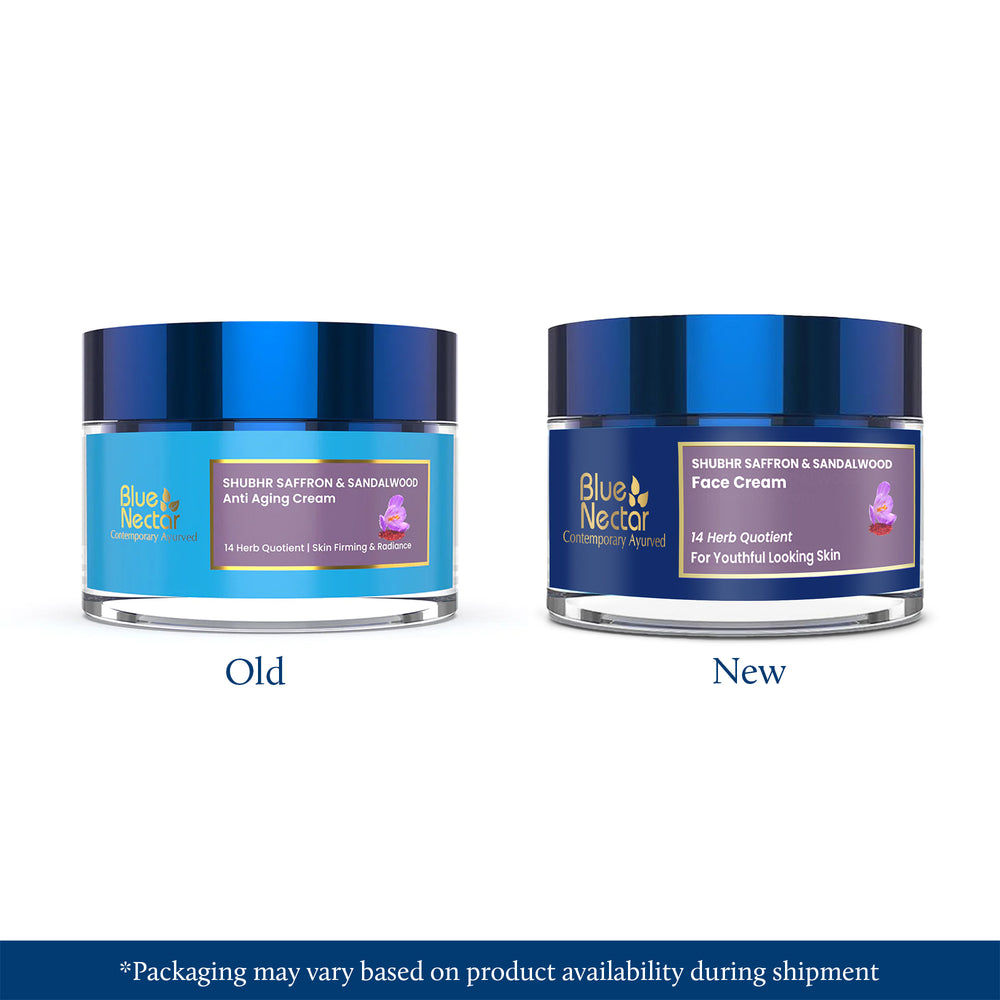
Leave a comment